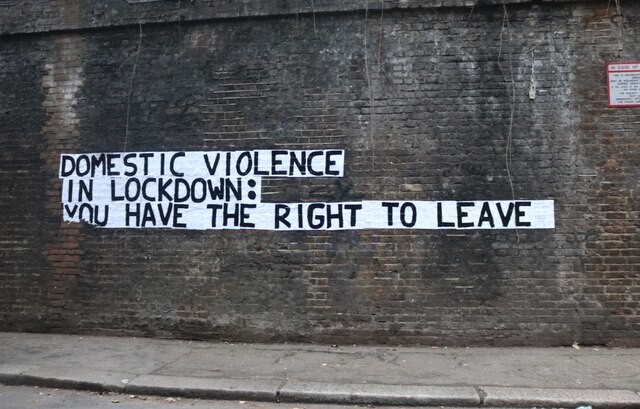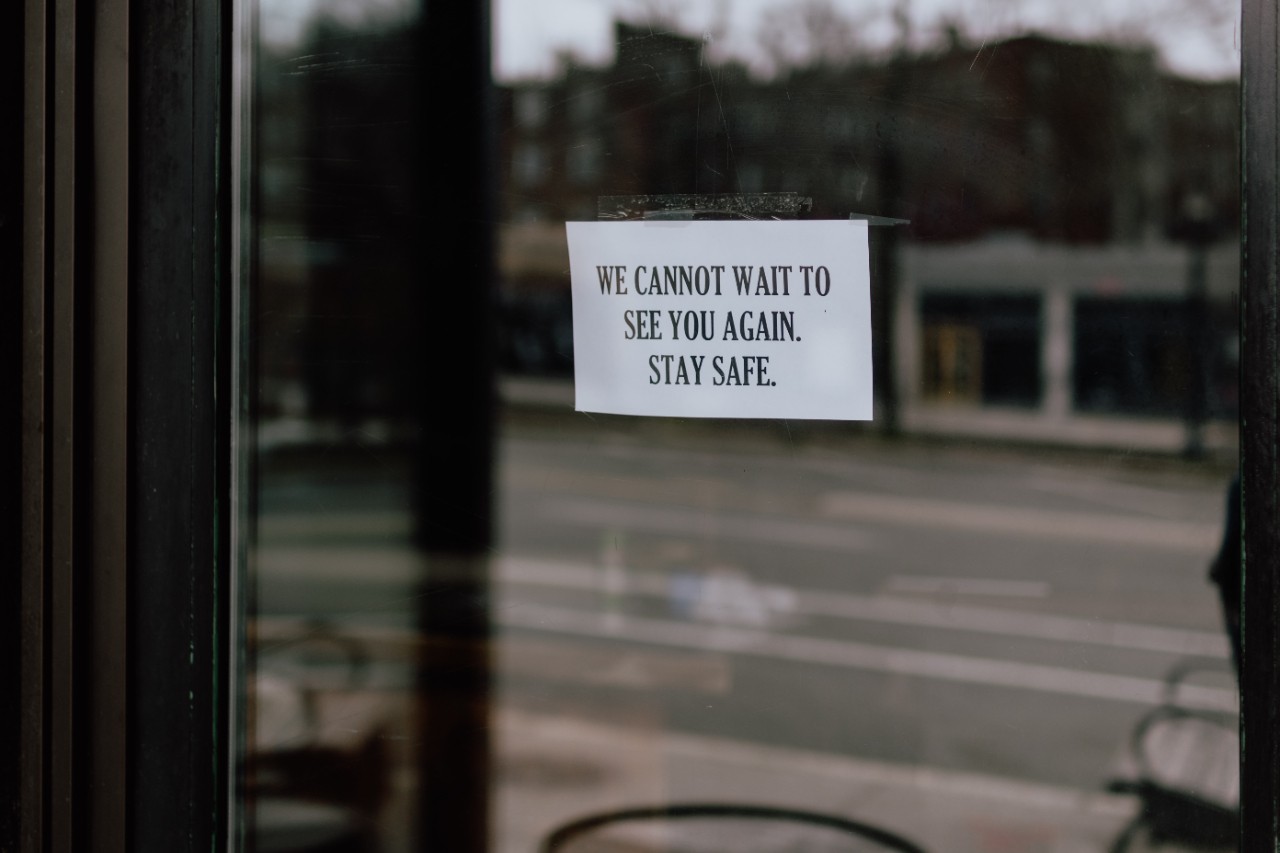Do you know what happened 9 seconds ago? I’ll give you a clue: someone’s life changed — and not for the better. As we go about our lives, thousands of women fall victim to domestic abuse: once every 9 seconds. Let that sink in.
Research from WHO shows that, across their lifetime, 1 in 3 women and 1 in 4 men are subjected to violence inflicted by an intimate partner.
To give you an idea, cases of domestic violence targeting women in India make up over 43% of all crimes against them. According to the country’s National Crime Bureau, the annual rate of domestic violence rose from 8.25% in 2006 to 11.41% in 2011. That’s a widespread pandemic in its own right.
Home is supposed to be a safe place, but for victims, danger lies behind closed doors. During the lockdown, with more people closing their doors and sheltering in place, cases of domestic abuse rose sharply.
Two women shared their stories with me. Names have been changed for their safety. Warning: some may find the scenes described below distressing.

Alice’s story
Although worsened by the pandemic, domestic abuse isn’t something new. Cloaked behind love, its facade can go on for a long time. Alice experienced this first hand.
She met John at a Christmas party in 2014. He was easy to talk to, and they hit it off instantly. She quickly fell in love. He soon developed a constant need to know where she was. She attributed this to love and dismissed any obsessive behaviour.
When they moved in together, more of this controlling behaviour began to show. He made her quit her job, and yelled at her constantly. After months of verbal abuse, she felt worthless and powerless.
As time went on, John isolated her from family and friends. With no money and no one to ask for help, she felt like she had no way out. She was too afraid of the consequences if she tried to leave. It was a dark time for her.
![[cc] by-nc-nd Alecska @ Followthestory.net](https://static.tagthelove.com/cms/449_6d83b8b9ce4bc21e_1920box.jpg)
Isabela’s story
In late 2012, Isabela met Alex at a photoshoot: it was love at first sight. In the days that followed, he behaved like a gentleman, and showered her with love. They soon moved in together.
Not long after Alex lost his job, and Isabela began to pay all the bills. As she struggled, Alex demanded more money. To her dismay, the red flags didn’t stop there.
Alex became possessive, and demanded to have all of her passwords. He forbade her from meeting friends and would watch over her exchanges with family. Eventually, he emptied her bank account.
Every now and then he would disappear for a few days, then come back. During that time, he became more violent and began physically abusing her. This evolved into episodes of choking her until she almost passed out. Choking is the leading cause of death in victims of domestic violence.
As things progressed, she was certain that Alex would kill her. She started sleeping with a knife under her pillow, for protection, afraid that he would retaliate if she reported him. She describes it as a desperate and terrifying situation.
Lockdown and the rise of a nasty trend
Statistics show high rates of violence, but they do not reflect the real impact of the pandemic. According to the Domestic Violence Resource Center in Victoria, disasters can cause family violence to increase by 30% - 100%.
During the first wave of COVID-19 lockdowns, the European Union saw a 60% increase in emergency calls reporting domestic abuse. This was a result of the strains brought on by government measures to stop the pandemic.
Unfortunately, even though acts of brutality rise during crises, reports of abuse do not follow the same trend. Studies show that during calamities, people tend to downplay or dismiss experiences of violence.
This implies that the actual figures are much higher than we know. Acts of blatant cruelty during the pandemic were excused with statements such as "they’re just stressed." Stay-at-home orders made it even more difficult for victims to leave an abusive household.

Behind closed doors
The majority of intimate partner violence targets women. They also experience the most extreme forms of abuse. In the UK alone, 3 women are killed every 2 weeks by a current or former partner.
Abuse comes in many forms; be it verbal, physical, psychological, or sexual. It also transcends gender and age— 30% - 60% of perpetrators go on to abuse children in the household.
Studies also show that children are present during 80% of the assaults committed against their mothers. Later in life, these children are more likely to perpetrate abuse as adults.
Every survivor of domestic abuse needs to have access to safety and support. Unfortunately, the road to freedom is filled with hurdles. Overcoming the trauma, injustices in the system, and the lack of support are just a few of these challenges.
The issue of domestic violence frequently raises questions of "Why doesn't s/he leave?". This shifts the blame from the aggressor to the victim. There are several reasons behind why they stay. Most commonly are the fear of retaliation and economic dependence, but none of them involve joy.

Isabela’s road to safety
For Isabela, leaving meant surviving. One night in mid autumn, during a particularly violent episode, she managed to escape. Wearing only her pajamas, she yelled for help as she ran down the street. It was now or never.
No one came to her aid, so she huddled in an open garage until she was sure Alex was out of the house. That was the last time she saw him. He had left for good, possibly afraid of repercussion from the neighbors. She was finally safe.
Some months after that, she met Alice and recognized the signs of abuse. With the memories still fresh in her mind, she sprang into action. The two women formed a friendship and, sometime later, Isabela helped Alice flee to safety and report the ongoing abuse.
Although both women managed to escape, this is often not the case. Many victims will tragically die, and others will live with trauma for the rest of their lives. Victim blaming and lack of support make it even harder for survivors to come forward.
We can help by educating people, so survivors can get the help they need. Raising awareness and actively finding ways to contribute can help them find a safe haven in time.
How to help
Domestic violence isn’t new. But it transcends all boundaries of gender, age and race—victims are from every walk of life.
The lockdowns are difficult for all of us. But they’re a living nightmare for victims of violence, who are trapped between four walls with their abusers.
Even from afar, we can all do something. If you know or suspect that someone is being abused, come forward. A black eye, a busted lip, fear and anxiety, low self-esteem, withdrawn behaviour; these can all be signs of abuse. The signs might be difficult to spot, so listen without judgement, and believe women.
The world for domestic abuse survivors can be lonely and filled with fear. Reaching out and connecting them with helplines, shelters, and safety plans can literally save lives.
As Rae Smithe once said, “the enemy doesn’t stand a chance when the victim decides to survive.” When we help to empower the victims of domestic violence, we become a part of someone’s story. Someone who used to be a victim. Someone who is now a survivor.
Written by Rafaella Carvalho
Are you experiencing domestic violence? Is there someone in your community who might need help? Here are some numbers to call:
Netherlands: 0800 2000
United States: 1 800 799 SAFE (7233)
United Kingdom: 0808 2000 247





